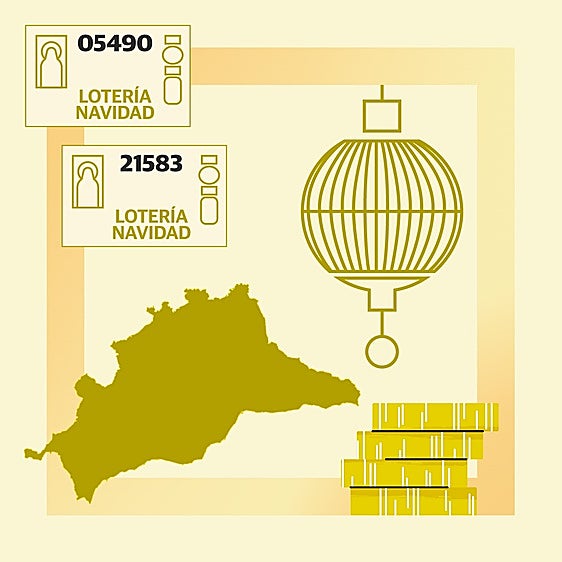How to keep your feet safe from dangers this summer
Happy feet. ·
It's great to say goodbye to socks and closed shoes, isn't it? But this time of year is when many problems can occur, say podiatristsSOLANGE VÁZQUEZ
Friday, 8 July 2022, 12:40
If through some strange delirium we were to give our feet their own personality, we would imagine them feeling very excited about the arrival of summer, clapping - with the soles, of course - at the thought of seeing light after three months constrained by socks, tights and shoes. Sunshine, beach... freedom! But actually, if they knew what they were doing, they would tone down their euphoria because this time of year can be problematic for them, according to Santiago Nieto, a specialist at the College of Podiatry in the Basque Country, who warns that summer dangers lurk around our feet. They may sound trivial, but anyone who has suffered from them knows that they can be quite disabling and even ruin those days of rest and relaxation we have been waiting for so long.
Sweating and fungal infections
The temperatures go up, the humidity rises and the sweat glands in the feet open up. This means we sweat a lot, which is not only an unpleasant feeling in itself but also smells nasty.
"The sweat soaks the skin of the feet, especially between the toes. In other words, it becomes soft and that can lead to painful cracks and the proliferation of fungi, which colonise the foot and irritate the skin," says Nieto.
Solution: "You can buy anti-sweat products at pharmacies, and they close the sweat glands and reduce perspiration," he says.
Footwear
"When autumn arrives, podologists see the consequence of people having worn unsuitable footwear in the summer," says Santiago Nieto. Nearly everyone tends to wear models with no sole, very flat (so there is no protection for the bottom of the foot) and they are often made from synthetic materials which do not absorb the sweat and leave the toes damp...this is just one nonsense after the other, says Nieto. "Shoes that are very flat are going to cause pain in the bottom of the foot (such as plantar fasciitis) and at the back of the leg," he explains. But sandals are made for wearing in the summer, you may say. "They are for using on a beach or around a swimming pool, not for walking in. I know some people wear them around town, but that isn't logical. The foot is very loose and you have to keep the sandal on by gripping between your toes," he explains. And then there are sandals with heels for summer parties and other celebrations, which transfer the whole load of the body to the front part of the foot, causing metatarsalgia (pain in that area).
Solution: "The footwear needs to have a bit of sole and a heel which is not less than two centimetres and not more than four. Science has shown that this reduces foot problems," he says.
Blisters
So small and so painful...who hasn't had an outing, a trip, a wedding ruined by blisters? They appear at the most inconvenient times! "They are vesicles with water which appear through friction and sometimes go black if a capillary is broken," he explains.
Solution: Wearing socks always helps, especially if you're going to have to walk. We always laugh at foreigners who wear thick socks with sandals, but it is practical. If that would be a step too far, there are other ways of preventing them.
"Put a thick layer of vaseline on the spot where you think the shoes are going to rub, or on the sole of the foot so it doesn't burn with the friction. Pharmacies also sell paraffin products for this," says Santiago Nieto. And if we already have a blister? The eternal question: do we burst it or not?
"If they are big, yes. Do it carefully and with a needle so the water comes out. Then disinfect the blister well with betadine or chlorhexidine, for example, and put a plaster over it. What you should never do is cut off the skin, because it leaves a very thin layer exposed and then you won't be able to walk" he says.
Burns
Feet can burn in the sun. "People seem to think their body ends at the ankle," says Nieto, ironically.
Solution: Always put sun protection cream on, especially on the soles of the feet, because these burns are very painful.
Cuts
Rocks, shells... Be careful with cuts, which are very common in the summer. And avoid wounds caused by rounded toenails - always cut them straight across!
Solution: "Disinfect the wound and cover it," says Nieto. "If they are very deep, see a doctor. Diabetics must be especially careful, because for them these types of injuries can lead to complications".
Some people open businesses which carry out foot treatments (pedicures, massages) but they are not podiatrists. There can be risks involved in using these, "if they don't have the right materials and don't disinfect properly," says Santiago Nieto. Also, they may not carry out the technique properly. For example, you should not remove 100 per cent of hard skin and not cut all the cuticle, because this is what protects the area from infections and separates the skin from the nail. "Also, it's better not to use semi-permanent nail polish. It's very occlusive and means the nail can't breathe. Then, by the autumn, they have gone extremely white," he says. Every now and then, it's best to let them have a break from nail polish.



